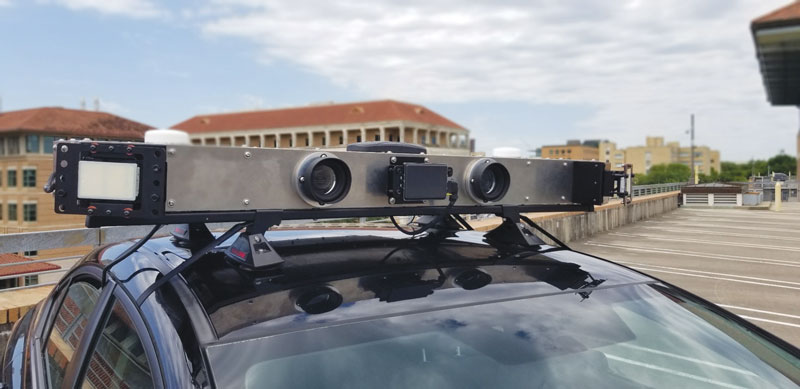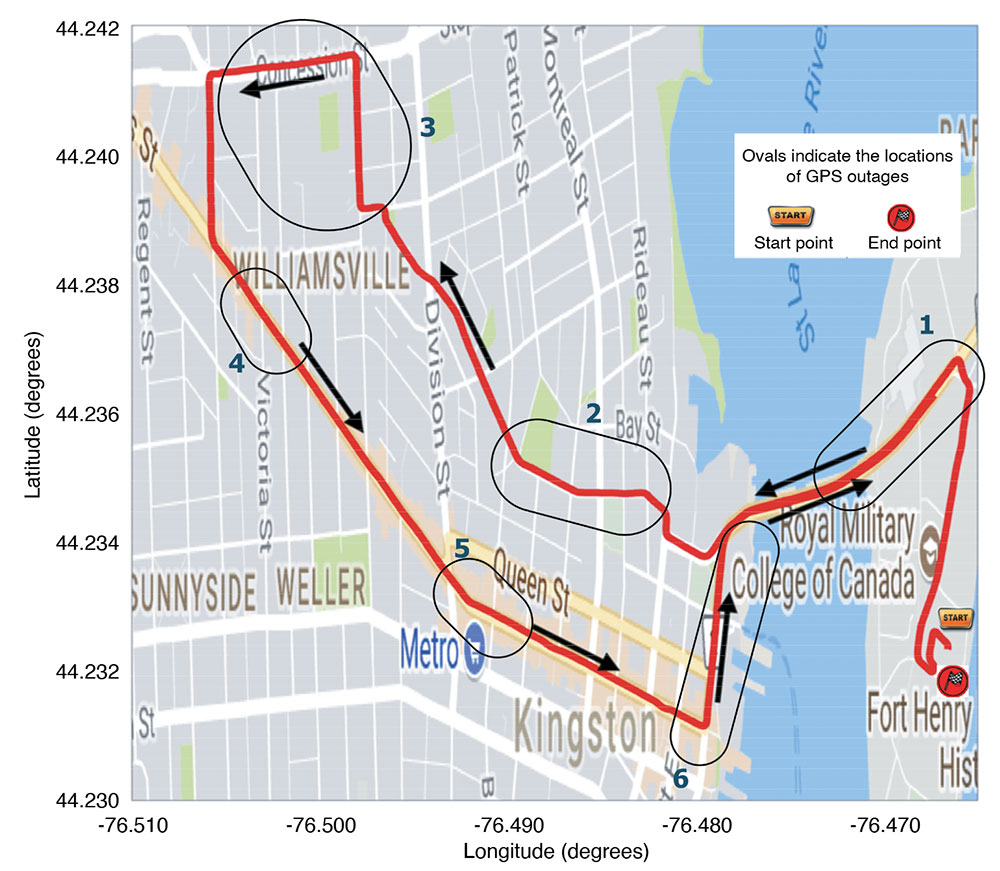
Innovation: A look back at 35 Years of ‘Innovation’
November 18, 2024
Richard Langley submits his 300th and last “Innovation” column in GPS World, where he looks back on 35 years of contribution to the magazine.
Read More

Richard Langley submits his 300th and last “Innovation” column in GPS World, where he looks back on 35 years of contribution to the magazine.

How carrier-phase measurements combined with those from an inertial measurement unit can guard against a deliberate attack on an automated ground vehicle.

A carrier is basically a harmonic electromagnetic wave — a pure continuous sinusoidal wave with a single constant frequency and amplitude.

A Step-by-Step Exposition of an Educational Resource
Researchers discuss their development and testing of additional freely available SDR codebases covering all four GNSS (GPS, Galileo, BeiDou and GLONASS).

How Good Are They?
Stanford University and Hexagon are investigating the utility of applying ionospheric corrections to decrease the overall convergence time of precise point positioning (PPP). This article looks at the level of accuracy that can be achieved, the latency of corrections supplied in real-time PPP, as well as the location and coverage of the network of stations required to determine the corrections.

Fusing Automotive Radar and OBD-II Speed Measurements with Fuzzy Logic
The authors discuss how fuzzy logic can be used to get a reliable speed estimate from radar and standard onboard vehicle data, and how these estimates can be combined with inertial measurements and GPS-derived position and velocity in an extended Kalman filter to produce an integrated navigation solution.
Follow Us